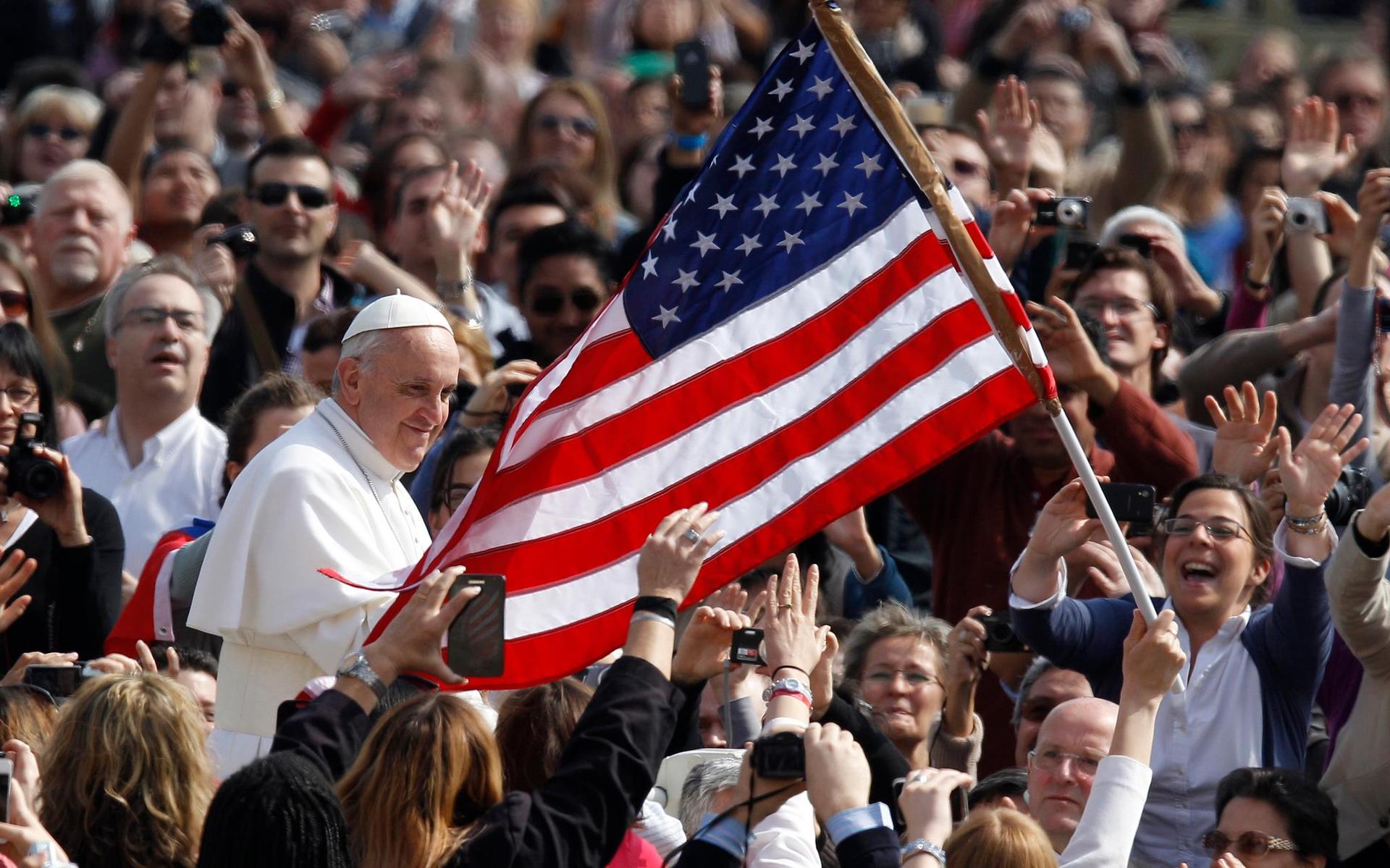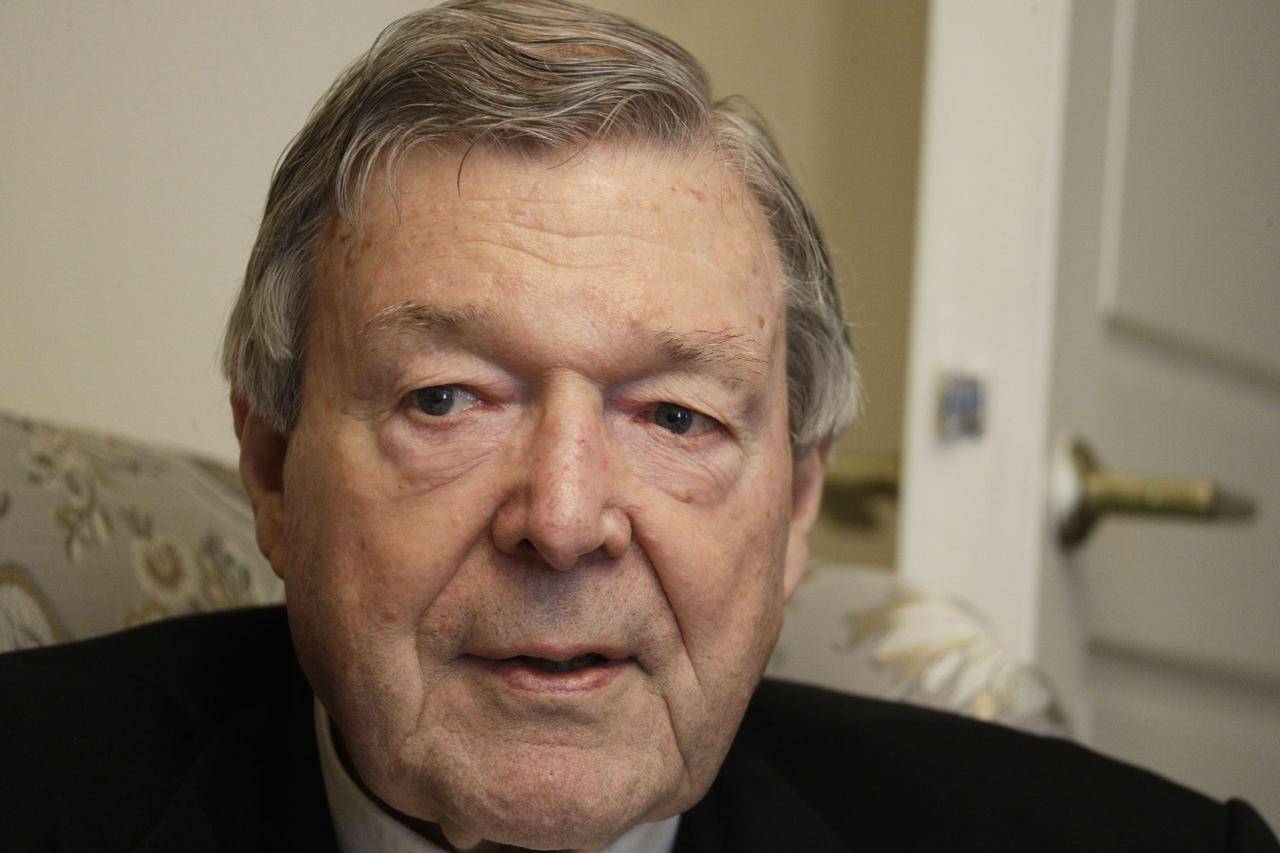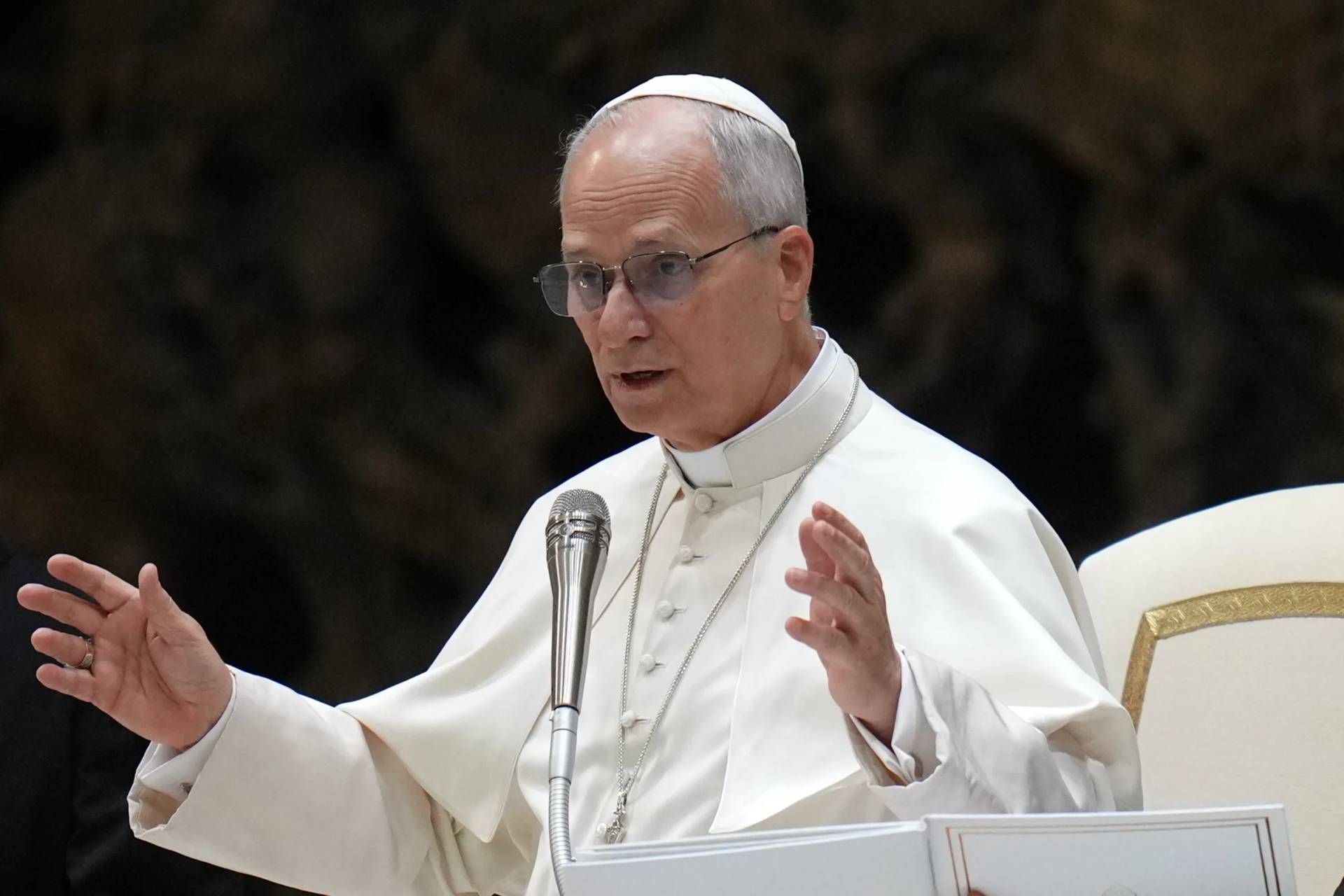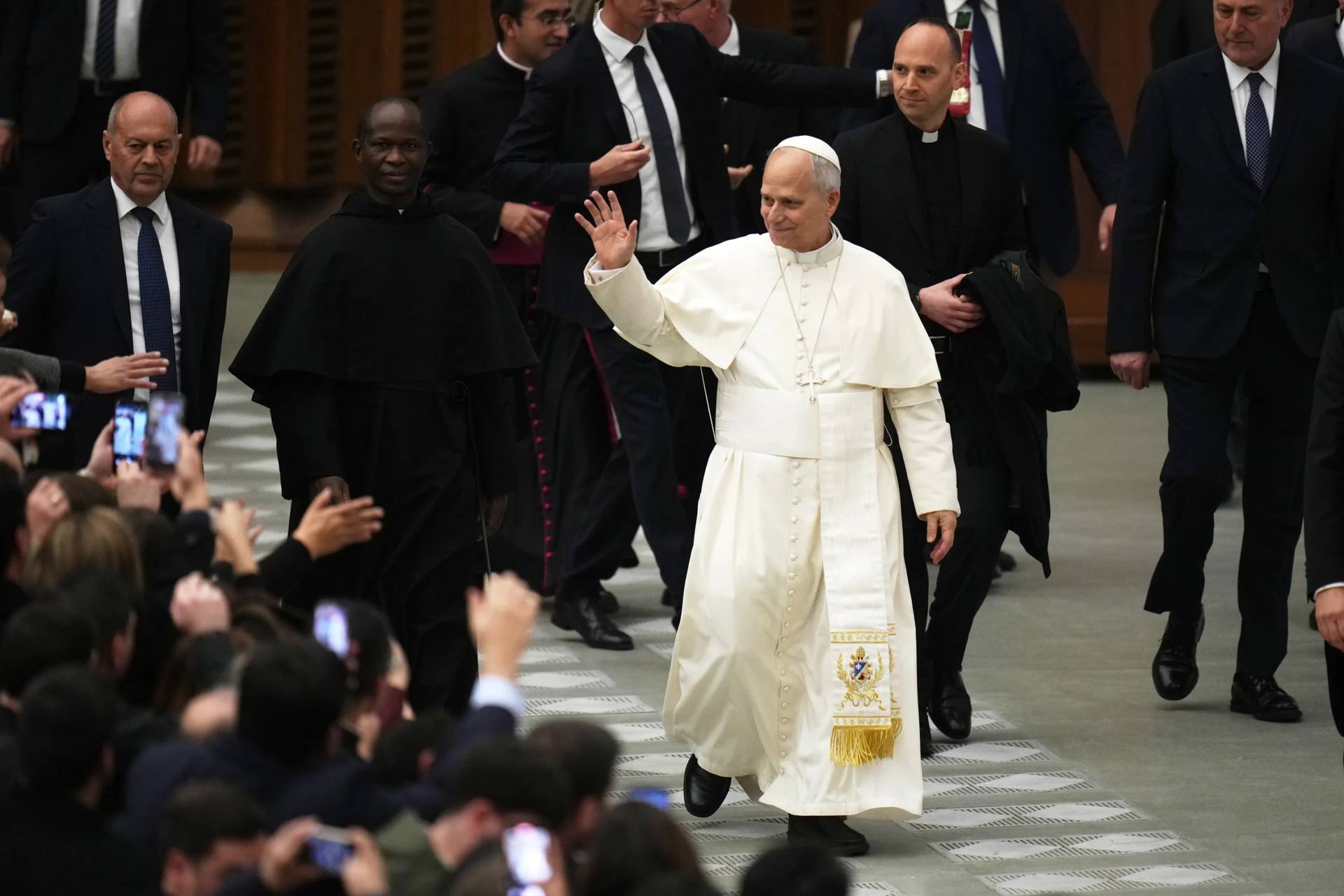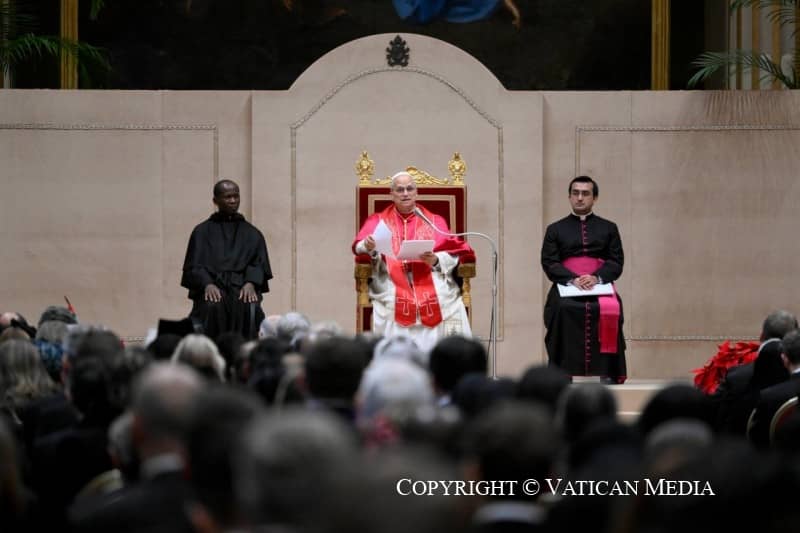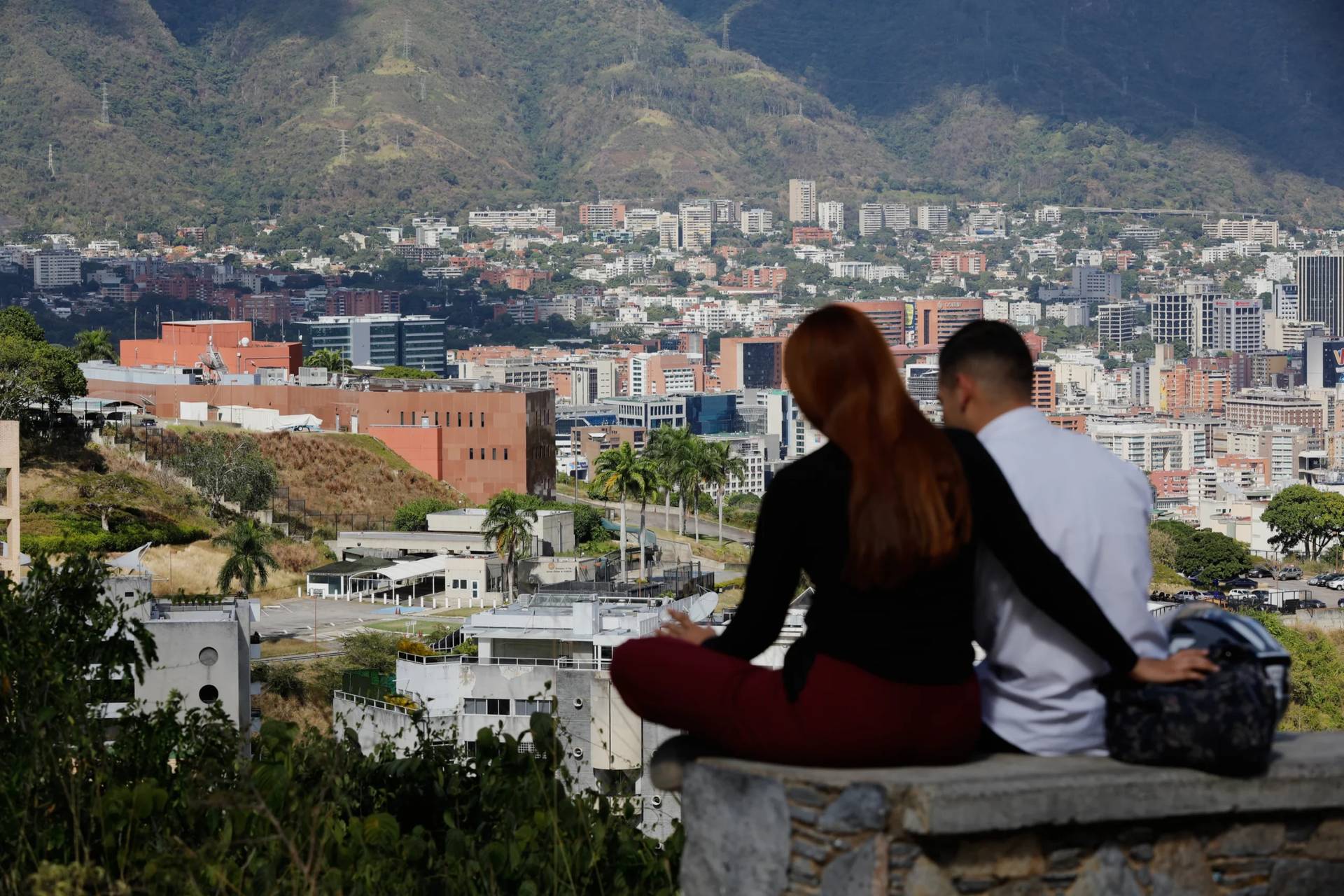ROME – For a pontiff often seen as having a chip on his shoulder about the U.S. – and, let’s face it, that impression isn’t entirely without merit – in his recent comments on the “lesser of two evils” vis-à-vis the Trump/Harris race, Pope Francis nonetheless seemed to channel his inner American fairly well.
I mean, how many Americans, Catholic or not, have sometimes felt in recent election cycles that we’ve been posed with a choice between two flawed alternatives, forced to make the best of disappointing options?
Granted, there are enthusiasts on either side of our partisan divides who probably don’t see things in those terms, but Pope Francis’s way of sizing up the situation nevertheless will resonate with a vast swath of Americans, of all religious faiths and none, who simply can’t get into a full, upright and locked position in favor of either alternative.
For American Catholics specifically, however, Francis’s comments aboard his return flight from Singapore to Rome also captured a hard truth, one too often forgotten amid the rattle and hum of an election season: To wit, any American who takes the full range of Catholic social teaching seriously simply cannot be comfortable in either of our major political parties.
This point once was memorably crystallized into a soundbite by John Carr, who at the time was the chief lobbyist for the U.S. bishops, and who now runs the Initiative on Catholic Social Thought and Public Life at Georgetown. Carr said that an American Catholic who’s trying to be consistent in the application of church teaching to America’s two-party system is destined to remain “politically homeless.”
The interaction of popes and presidents over the years certainly makes the point.
When President Lyndon Johnson took power in the U.S. in 1963 just months after the election of Pope Paul VI, most pundits predicted that the progressive-minded pontiff would find common cause with the Democratic leader on the civil rights movement and the War on Poverty. Both men had inherited the mantle of leadership from charismatic predecessors, and both shared a broadly progressive reform agenda.
While all that was true as far it went, by the time the two met in the Vatican in December 1967, reports indicated that Paul VI actually shouted at Johnson at one point, slamming his hand on his desk, over deep differences concerning the war in Vietnam.
Later, it was also widely assumed that the more conservative Pope John Paul II would feel at home when President George W. Bush took office in January 2001, given Bush’s strong pro-life position, his support for faith-based initiatives, and his patent admiration for the Catholic Church despite his Protestant background.
None of that, however, prevented one of the deepest crises in the history of U.S./Vatican relations when Bush decided to go to war in Iraq over John Paul’s strong opposition.
That pattern, of course, has continued under Pope Francis. U.S. President Joe Biden, a vintage liberal Catholic of the old school, has never missed a chance to express his admiration for Francis, yet the pontiff and president have clearly contrasting views on matters ranging from Ukraine and Gaza to abortion policy and gender theory.
One could go on cataloguing such examples of dissonance – the way John Paul II and President Bill Clinton clashed during U.N. conferences on population and women in Cairo and Beijing, held in 1994 and 1995 respectively, especially over the issue of an international “right” to abortion, yet found themselves joining forces during the jubilee year of 2000 in support of debt relief for developing nations.
Or, to cite another case, despite the obvious contrasts between Pope Benedict XVI and President Barack Obama on a wide variety of matters, when the two men met in the Vatican in 2009, much of the conversation was devoted to Benedict’s encyclical Caritas in Veritate, in which the pope endorsed the redistribution of wealth to serve the poor, called for a reinforced world political authority, and lamented climate change and environmental degradation – all issues where the conservative pontiff and liberal president could find common ground.
The point is, it really doesn’t matter whether a Republican or a Democrat occupies the White House. In either case, there will be some areas where church and state will be in concert, and others where they won’t.
That dynamic has a simple explanation: Each side in America’s partisan divide is strong on one portion of Catholic social doctrine but relatively weak on the other. In highly over-simplified terms, Republicans tend to be congenial to church teaching on life issues, religious freedom and public support for religious organizations, while Democrats are often closer to the catechism on social issues, including anti-poverty efforts, the death penalty, the environment and race relations.
In other words, when American Catholics enter the voting booth, they are forever attempting to pound a square peg into a round hole.
During the run-up to the Iraq war, at one point John Paul II dispatched Cardinal Pio Laghi to Washington to try to convince the Americans at the last minute to call things off. It was a natural choice, given that Laghi had served as the papal emissary in the U.S. for a full decade, from 1980 to 1990, and enjoyed a particularly close relationship with the Bush family. Yet in the end his mission failed, and the U.S. launched the invasion anyway.
When Laghi returned to Rome, he gave a background briefing to a small group of reporters, and I distinctly remember his reaction: “The problem is that they’re all Manicheans over there,” he said, referring not only to the dualistic nature of American politics, but in many ways to our general view of the world.
In that sense, what Pope Francis said Friday night is completely in line with Catholic experience both distant and recent. What impact it might have on the Trump/Harris race, if any, remains to be seen, but at least this is one case in which you can’t really accuse the Argentine pope of getting America wrong.
